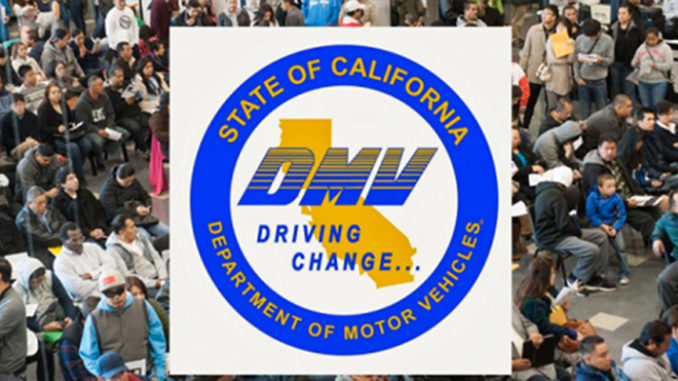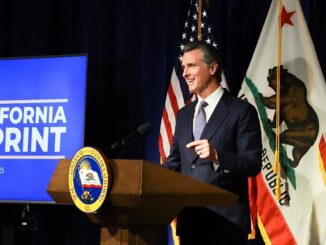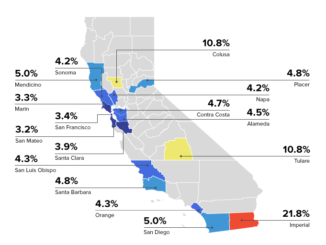
A trio of Stanford researchers with the Immigration Policy Lab set out to investigate the impact of such licensing policies nationwide, and drilled down into whether AB60 had impacted public safety — in particular, the short-term traffic safety effects. What they found: The policy did not increase the rate of total accidents or fatal accidents, and actually helped reduce the likelihood of hit-and-run accidents, thereby improving traffic safety and reducing overall costs for California drivers.
The researchers published their findings in Proceedings of the National Academy of Sciences this month.
“Coming to this as scientists, we were immediately shocked by the absence of facts in this debate. Nobody was drawing on any evidence; it was more characterized by ideology,”  says Jens Hainmueller, Stanford Graduate School of Business professor, by courtesy, of political economy and co-director of the Stanford Immigration Policy Lab, which focuses on the design and evaluation of immigration and immigrant integration policies. “There was no real evidence of the likely consequences.”
says Jens Hainmueller, Stanford Graduate School of Business professor, by courtesy, of political economy and co-director of the Stanford Immigration Policy Lab, which focuses on the design and evaluation of immigration and immigrant integration policies. “There was no real evidence of the likely consequences.”
Hainmueller, along with Immigration Policy Lab Executive Director Duncan Lawrence and Hans Lueders, a graduate fellow at the lab and a PhD student in the Stanford Political Science Department, narrowed in on traffic-safety outcomes because they found it was the most prominent issue when such licensing policies are discussed.
Opponents “are concerned about potential increases in accidents, or whether those accidents may encourage drivers to run away, but we didn’t find evidence of the causative effects,” Lueders says. “That’s how we determined this would be the most salient issue and the easiest to measure immediate effects, because not that much time has passed since the law was enacted.”
The researchers combined data from two sources to estimate the short-term effects of AB60. They examined monthly data on accidents reported by the Statewide Integrated Traffic Records System of the California Highway Patrol and that were collected between 2006 and the end of 2015. They also looked at data from the California Department of Motor Vehicles on all outstanding licenses before and after the implementation of the law to estimate the share of each county’s AB60 licenses.
The data suggests that AB60 led to an average decrease in the rate of hit-and-run accidents of between 7% and 10% in 2015 over 2014. It translates to about 4,000 fewer hit-and-run accidents in California in 2015 due to AB60.
One big implication of the findings: Issuing driver’s licenses to unauthorized immigrants may have a significant effect in improving traffic safety.
“We don’t find a negative effect at all. It suggests these policies can have positive effects on traffic safety. If drivers at an accident remain on the scene, they can be held responsible and pay for the damage,” Lueders says. “This amounts to more than $17 million attributed to the at-fault driver.”
The researchers also estimate all drivers in California saved $3.5 million in property damage costs because there were 4,000 fewer hit-and-run accidents.
“There are broad externalities on everyone in a sense,” Hainmueller says. “It’s an important takeaway for the greater debate.”
That greater debate is happening in New York, which is considering passing a law similar to AB60. The governor of Minnesota is advocating for a similar law there.
In all, California is the 11th state to have implemented such legislation.
Given the current political climate, the researchers expect to see a bifurcation of sorts happening from state to state.
“Some may move toward more inclusive policies and others are moving in an exact opposite direction,” Lueders says. “I think we will see more of a polarization given the current political climate.”
The researchers plan to study AB60 impacts further. One future project may include whether unauthorized immigrants who possess AB60 licenses feel it means they can drive farther — traveling at longer distances may open up education opportunities that could impact community college enrollment and allow better access to health care and employment.
Jens Hainmueller is faculty co-director of the Immigration Policy Lab, a professor of political science at Stanford, and a professor by courtesy of Stanford GSB.



